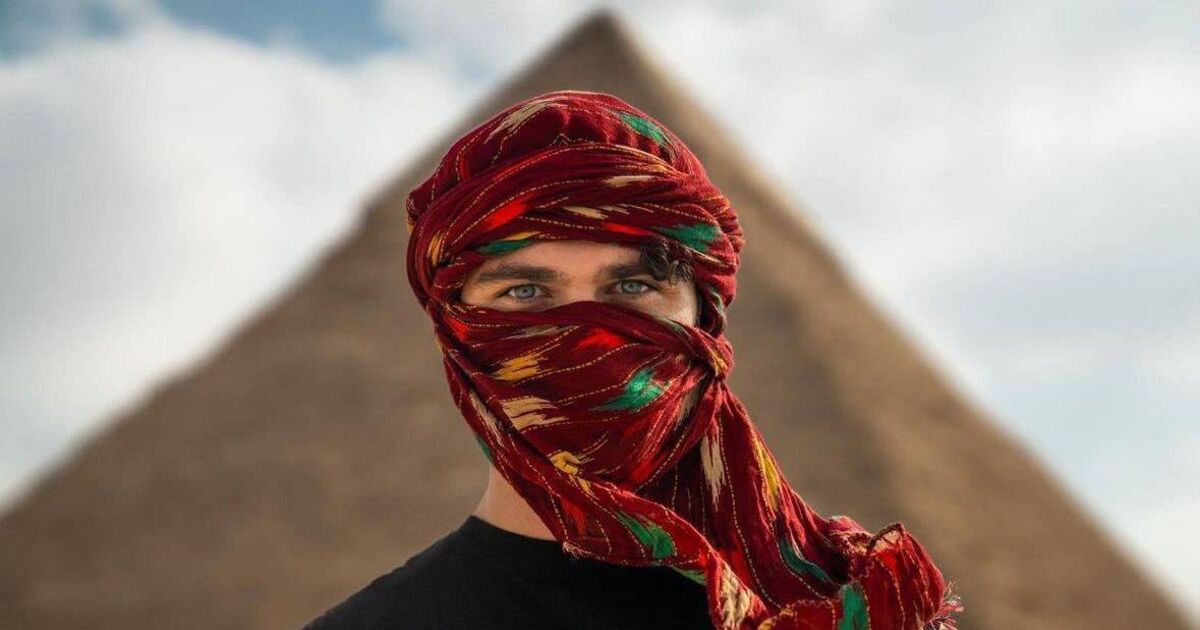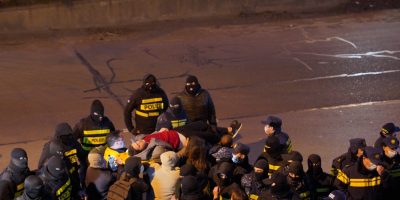A content creator with over 800,000 followers, 26-year-old Sean is a rising star in travel storytelling. Born in Ireland to Irish and Persian parents, his upbringing spanned multiple continents, instilling a love for exploration and a deep appreciation for diverse cultures
My favourite childhood holiday memory…
is spending Christmas in South Africa when I was 12. It was surreal—swimming outdoors on Christmas Day in the warm weather and going on a safari to see incredible wildlife. That trip opened my eyes to the beauty of Africa and planted the seed for my love of travel. My mum, who has friends in every corner of the world, made sure we experienced different cultures. Trips to Morocco, Dubai, and Finland also shaped my curiosity about the world.
My most memorable trip…

has to be my first big adventure as a content creator in the Philippines. I started with zero followers, no experience making content, and just a rough plan. Three days in, I rented a scooter and rode along a road lined with palm trees, with the sea crashing to my left and the sun beaming down.
It was a moment of pure clarity. I remember thinking, even if this journey doesn’t work out professionally, I’m exactly where I’m meant to be. That trip gave me the confidence to keep going, and it’s a memory I’ll treasure forever.
The country that most surprised me was…

Oman. I only spent five days there, but it left a huge impression. The people were warm and welcoming, the landscapes were breathtaking, and the history was fascinating. Oman has retained its authenticity — no skyscrapers, just beautiful architecture and natural wonders. The food was amazing too. It’s one of those places that feels like a hidden gem, even though more people seem to be discovering its charm. I also loved how peaceful and untouched the beaches were. Watching the sunset over the dunes was an unforgettable experience that made me feel completely connected to the natural world.
My favourite city is…

Tours in France. While I’m more of a nature lover, Tours holds a special place in my heart. When I was 12, I lived there for five months as part of an exchange programme. It was where I made lifelong friends, experienced the beauty of French culture, and even had my first kiss! The city has an incredible atmosphere, especially in the summer. There’s a spot by the river called Les Guinguettes, where people gather to dance and enjoy live music. Tours’ rich medieval history and stunning castles make it a magical place to visit. I’ve been back countless times, and it always feels like coming home.
I love Mexico City too. It strikes the perfect balance between familiarity and excitement. The public transport is excellent, and the city’s layout makes exploring easy. But what truly sets it apart is its vibrant culture — the food, the street art, and the energy. I loved riding the cable cars over the colourful rooftops and visiting unique spots like a library inside a repurposed plane. The juxtaposition of its modernity and tradition makes it endlessly fascinating. One of my favourite experiences was exploring its street markets. The energy, sounds, and flavours were unforgettable.
The most beautiful country I’ve visited is…

India. Its diversity is astonishing — from the serene backwaters of Kerala to the deserts of Jaisalmer and the snow-capped peaks of Himachal Pradesh. Each region has a distinct charm. One unforgettable night in Jaisalmer, I lay on a sand dune and counted 21 shooting stars. Moments like that remind me how magical travel can be. India’s mix of landscapes, culture, and spirituality makes it truly unparalleled. Visiting Varanasi, where rituals unfold by the Ganges, was profoundly moving and gave me a deep appreciation for the spiritual essence of the country.
My favourite thing to do while travelling…
is get outdoors, especially where mountains and water come together. Indonesia is a dream for that. Java, in particular, offers incredible experiences like hiking around volcanoes and exploring waterfalls that look like they’re out of a fantasy world. I also enjoy discovering hidden beaches in Indonesia, where you can swim in crystal-clear waters and feel like you’ve found a secret paradise.
I don’t have a traditional bucket list…

I’m spontaneous with my travel plans, often picking the cheapest flight to a unique destination. But I have a long list of places I want to explore. For me, it’s not about ticking off destinations; it’s about the journey and the connections I make along the way. If I had to pick one dream destination, Antarctica would be fascinating.















